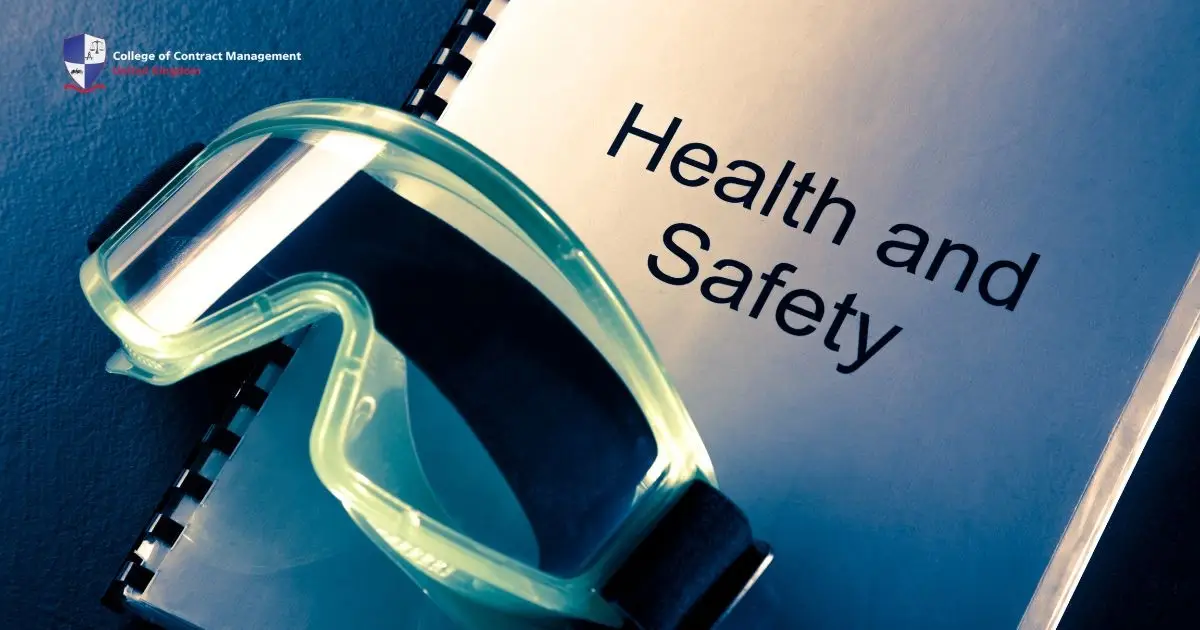ECHA or the European Chemical Agency is an agency of the European Union (EU). It manages the technical and administrative aspects of EU regulation. The agency itself is one of the biggest driving forces among regulatory bodies in the EU. Once, it was said that every company must comply with the legislation, and advance the safe use of chemicals.
Moreover, the agency also provides information on substances and addresses chemicals of concern in the EU. ECHA’s headquarters is in Helsinki, Finland and it has been operated since 2007. REACH started as an independent regulatory agency that operates under its framework. Thus, it is not under the EU itself but is headed by Executive Director Sharon McGuinness.
What is ECHA?
ECHA is an independent body in the EU that is one of the driving forces in making sure of the safe use of chemicals across the EU. It develops and enforces the regulations that have been established in the EU. It exists to make sure that companies submit detailed safety and risk reports for all the chemical compounds that they produce or import to the EU.
With all the information given by the companies, the agency stored all of the data and maintained a publicly open database. This allows regulators, industries and consumers access to key information about chemical hazards and their usage. The framework details risk checks and substance classifications to help regulators measure whether to restrict or ban harmful compounds. Therefore, it can also protect our health and nature.
Lastly, ECHA enables collaboration among EU states and supports research into a better safer chemical replacement. Thus, it helps drive innovation while at the same time ensuring that safety standards remain consistently high in the EU market. This has led to many gains, for example, the development of the wonder weight loss drug Ozempic with its semaglutide drugs.
ECHA establishment
The EU regulation started ECHA on December 18th, 2006, to enforce new rules governing chemical substances. This includes the creation, manufacture and use of those compounds. Historically, there was around forty people from Brussels formed the initial staff and began setting up the agency in Helsinki on June 1st, 2007.
Those forty people previously worked at REACH. There is a fear that a conflict of interest might arise if employees previously worked in the industry or later joined it after their tenure at the agency. Due to that fear, the agency is regularly audited by the EU Court of Auditors.
There are several key goals for the creation of them to ensure there are no conflicts of interest. Firstly, it is made to ensure a high level of protection of human health and the safety of nature. Secondly, ECHA also ensures chemical legalisation and the decision-making processes. It has a base of scientific and credibility with all the company's leaders and the public. Finally, it aims to coordinate communication concerning the REACH laws and their implementation.
Their tasks as an agency
ECHA plays a key role in carrying out the EU’s regulation. Since it has been the main task ever since its conception. It takes care of REACH and CLP regulations by evaluating chemical risks, managing authorisations, and enforcing the following of these rules. To know more, let’s dig deeper into this article.
This is because we are going to explain in detail what those tasks are for you to get a better understanding of what this agency does. By this, you can get a detailed overview of how the chemical compounds industry safety works. These are all the tasks that the agency does for the EU:
1. REACH
The EU tasks ECHA with starting and carrying out REACH. It is a regulation that requires industries to submit detailed reports on the risks and safe use of their chemical compounds, whether they import or produce them. They then log this data and share it with the public. By 2018, the agency had registered over 21,500 compounds. However, quality issues persist in many mass-produced chemicals in 2022, nearly 23,000 chemicals from 16,000 companies have valid records with requirements being very varied by volume. This is the main reason why this agency is made.
2. Classification, Labelling, and Packaging (CLP)
The EU made the Classification, Labelling, and Packaging (CLP) scheme to align with the global system. This framework sorts them out as chemical hazards and defines the how-to-use requirements in the EU. The global simultaneity of this system helps workers and consumers easily identify chemical risks and understand safe usage practices. All of this is due to the labelling system on the products are now the same around the world.
Companies need to inform ECHA about the classification and labelling of their chemicals. In the period of time before and until 2022 they have received over 5 million alerts for more than 200,000 substances. This information is freely available to see on their website. From this, consumers can check on the chemicals in the products they use.
3. Biocidal regulation & PIC
Biocidal products can include disinfectants that hospitals use and more. These are regulated by The Biocidal Products Regulation (BPR) ensures that there are enough details about these products. Thus making it easier for the customer to know the ingredients in the products they purchased. Once again, ECHA is tasked to implement these regulations.
In addition to that, the EU’s Prior Informed Consent (PIC) Law made guidelines for exporting and importing unsafe chemicals banned or restricted within the EU. Under this law, exporting countries must tell recipient countries in advance about such chemicals. This can make them reject the imports or ban the substances.
4. Controlling hazardous chemicals
Compounds that may have serious effects on human health and nature are marked as SVHC (Substance of very high concern). These are mainly stuff that will cause cancer, are toxic to reproduction or do not break down. Other compounds that are under this are endocrine-disrupting chemicals. Companies are required to inform users about their presence and how to use it correctly.
ECHA identifies a chemical as a Substance of Very High Concern (SVHC) in the EU and adds it to the Candidate List on its website. They can then move chemicals from this list to the Authorisation List, restricting their market use unless the agency approves specific exemptions. Thus aiming to phase out SVHCs in the next couple of years.
Conclusion
ECHA or the European Chemicals Agency, is an independent EU watchdog ensuring chemical safety by enforcing REACH and CLP regulations. It does this by requiring companies to submit hazard and risk reports for chemicals being produced or imported to the EU. Thus maintains a public database that allows regulators, industry, and consumers to access information. Other than that, they also manage biocidal products and PIC guidelines and identify substances of very high concern (SVHC).
Knowing about this will enhance your understanding of this regulation and its intricacies in it. Then look no further, the College of Contract Management is here for you. We focus on essential skills and industry insights. The college equips students with the necessary practises to have a solid understanding of the topics. Enhance your worth and gain the knowledge you need to excel as a professional in the field.





